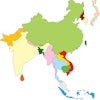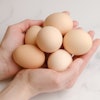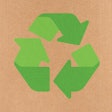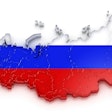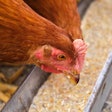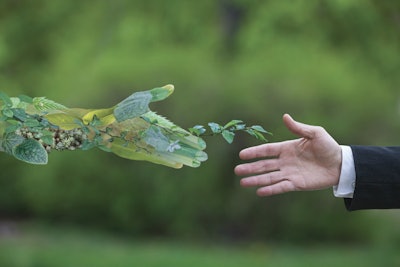
A novel liquid digestor prototype can convert chicken litter into a slow-release phosphorus fertilizer and biogas while also recycling most of the water it uses.
“The key thing for our system which is different from other is that our system can use liquid digestion technology on a dry substance such as poultry litter, but still recover the water from the digester,” explained Jun Zhu, director of the Center for Agricultural and Rural Sustainability and professor of biological and agricultural engineering at the University of Arkansas’s Agricultural Experiment Station.
A team of researchers from the University of Arkansas, the University of Idaho and Virginia Tech created the prototype with partial funding provided by U.S. Department of Agriculture’s (USDA) National Institute of Food and Agriculture (NIFA) and the Agriculture and Food Research Initiative’s Foundational and Applied Science Program.
Sustainable poultry litter conversion
The prototype solves a common problem associated with anaerobic digestion to recycle chicken litter by finding a way to reuse water through forward osmosis, Zhu said.
Anaerobic digestion is a natural process that uses microorganisms to break down biodegradable material, such as livestock manure, municipal wastewater solids and food waste, in the absence of oxygen.
One downside of anaerobic digestion is that it requires liquids to work properly, and chicken litter has a low moisture content.
“Digestion requires a 90-95% moisture content,” Zhu said. “The nature of litter has been a bit of an issue for farmers because they don’t want to see a huge volume of litter after digestion.”
The forward osmosis processes filters water through a semipermeable membrane using the natural energy of osmotic process. The resulting clean water is transferred back into the digester via peristaltic pumps.
The prototype converts chicken litter into struvite and methane. Struvite is an eco-friendly fertilizer that can be used to grow corn, soybeans and rice. The methane produced can be used as heating and cooking fuel, supporting a poultry farmer’s energy demands.

